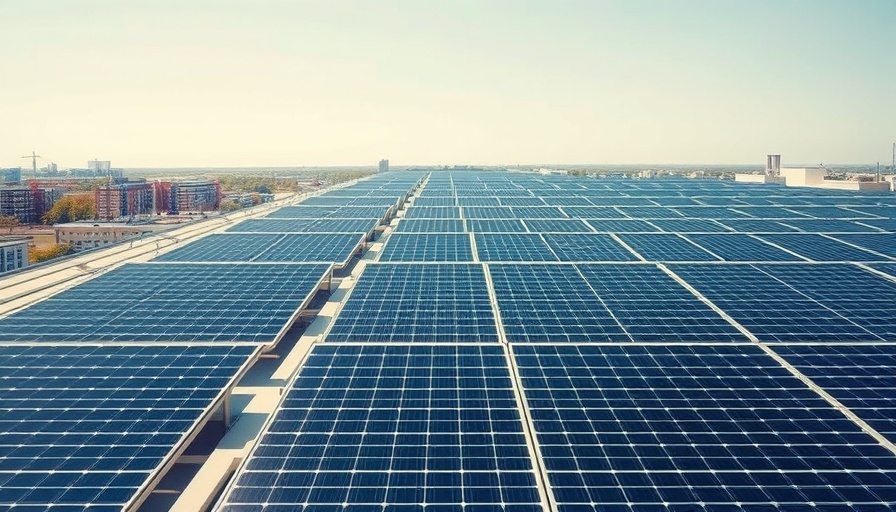
Understanding the New Power Demands of AI Technology
The manner in which we consume energy is experiencing a profound shift, driven largely by advancements in artificial intelligence (AI). Data centers have become the backbone of this digital transformation, requiring significant electrical resources to optimize their operations. According to recent discussions among grid operators, the surging demand for data processing power has led states to reassess their energy plans and emissions targets.
The Ripple Effects on State Energy Policies
As data centers proliferate, especially in tech-heavy regions like San Francisco and Silicon Valley, state governments are being nudged into a corner. Energy policies designed to favor renewable sources are now facing challenges as the demand for electricity escalates. For instance, California has set ambitious goals to curb greenhouse gas emissions; however, these targets may be jeopardized if the state can't supply the necessary energy to support burgeoning AI demands.
Local Impact: Communities and Their Resources
The effect on local communities cannot be understated. As parents and individuals within these regions, we must consider how these power demands will impact not only the economic landscape but also the quality of life. Will our electrical infrastructure hold up under the strain? What happens to residential energy rates when data centers drive up demand? Addressing these issues requires a proactive approach from local officials and community members alike.
Balancing Economic Growth with Environmental Responsibility
The ongoing tug-of-war between economic growth and environmental responsibility plays out visibly in the local discourse. While data centers create jobs and foster innovation, the environmental cost associated with their energy consumption raises pertinent questions. Should we sacrifice our ecological principles in pursuit of economic stability? It’s a debate gaining momentum in town hall meetings and local forums throughout the Bay Area.
Future Projections: What Lies Ahead?
Looking forward, it's clear that a harmonious relationship between AI technologies and energy consumption will necessitate strategic planning. Experts suggest that as AI technologies evolve, so too must our methods for sourcing and using energy. Initiatives that prioritize sustainable energy production can carve a pathway that allows for both economic expansion and environmental stewardship.
Key Insights for Residents
As residents of regions likely to experience data center growth, it is vital to remain informed and engaged. Understanding the relationship between demand and local energy policies will allow you to advocate responsibly for your community's needs. Proactive participation in local energy debates can shape the future landscape, ensuring both technological advancement and the preservation of our natural world.
Call to Action: Stay Informed and Engage!
We encourage you to stay updated on these critical developments within your community. Attend local meetings, follow Bay Area news outlets, and speak to your neighbors about the implications of our growing power needs. By fostering discussions, you can ensure that the intersection between AI and energy policy remains balanced in favor of both progress and sustainability.
 Add Row
Add Row  Add
Add 




Write A Comment